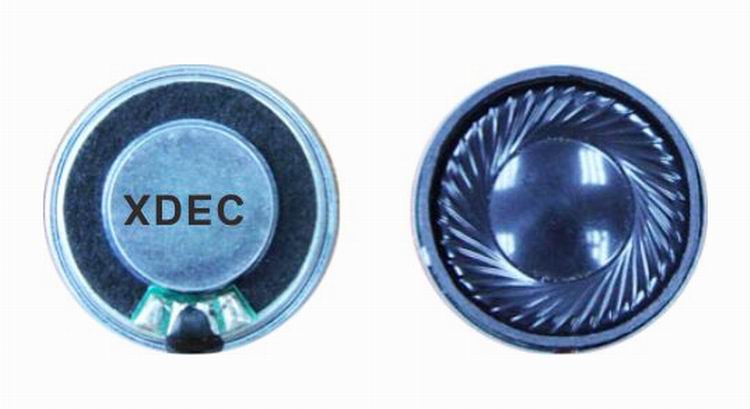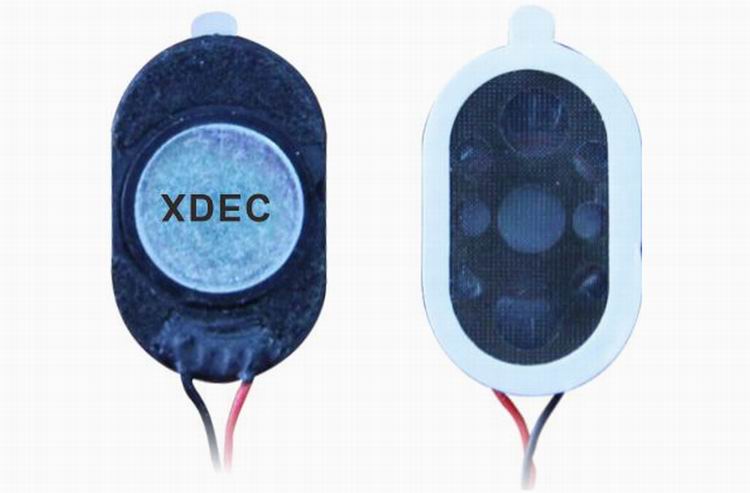As more and more wireless technologies are available on the market, there are many more complex human-machine interface devices (HIDs, such as wireless keyboards, wireless mice, etc.) that integrate wireless technologies into the market. Although wireless standards have the advantage of interoperability, they may also bring unnecessary complexity and overhead to applications and lead to higher system costs. On the other hand, the proprietary protocol allows developers to flexibly customize applications at the cost of requiring developers to develop. This article compares Bluetooth low energy technology and proprietary protocols in the HID market.
The key RF requirements to consider when choosing a PC HID are cost, power consumption, reliability / security, speed / throughput, and design convenience. In general, considering the interoperability between devices, the standard implementation on the market is slightly better than the proprietary implementation. However, in PC HID before 2009, only proprietary protocols dominated the market. This is due to the lack of wireless standards optimized for the PC HID market in terms of cost, power consumption and efficiency.
The Bluetooth low energy protocol is mainly used in low energy applications and the PC HID market. Both Basic Rate (BR) and Low Energy (LE) Bluetooth support device discovery, connection establishment, and connection mechanisms. Compared with BR, Bluetooth LE is more suitable for designing products with lower current consumption, lower complexity and lower cost.
Cost considerations: The wireless HID market is particularly sensitive to cost, and MCUs as radio frequency baseband controllers require sufficient flash memory to preserve the wireless protocol stack. Since Bluetooth LE is a standard, the size of the stacking code is much larger than that of the proprietary protocol, which requires more flash memory, thus increasing costs. The wireless HID market has always been dominated by proprietary protocols because they can provide feather-weight protocol stacking. However, the private network requires an external bridge to connect to the PC / host to communicate with other devices on the network. Since most PCs and mobile phones have Bluetooth capabilities, these devices will integrate Bluetooth bridges that support dual mode (BR and LE) in the future, eliminating the need for external bridge components.
Power consumption factor: Unlike basic rate Bluetooth, Bluetooth LE is a technology that is often dormant. It stipulates that a single application should not consume more than 20mA of peak current, and it should not consume more than 15mA of current in button battery applications, The maximum continuous data transmission time is 3ms. This allows small devices such as watches and motion sensors to operate continuously for years using small button batteries. However, the dual-mode implementation supporting Bluetooth and Bluetooth LE will share the existing Bluetooth physical wireless frequency and antenna, so it can maintain the same power consumption as the classic Bluetooth technology. Comparing power consumption is extremely challenging because proprietary RF chip manufacturers generally do not disclose power consumption in data sheets. Developers must use the breadboard device and their respective firmware test environment to obtain their own power consumption data.
Reliability and security: Strong resistance to 2.4GHz interference means that it can coexist peacefully with 802.11b / g, Bluetooth, wireless USB, and a large number of wireless phones and microwave ovens. Although some proprietary wireless devices like CYRF6936 use DSSS (Direct Sequence Spread Spectrum) and FHSS (Frequency Hopping Spread Spectrum) transmission mechanisms, Bluetooth LE only uses self-adjusting frequency hopping technology that is common to all versions of Bluetooth technology. DSSS can ensure the strength and toughness of data, while FHSS allows frequency hopping of wireless signals to a new channel when the interference becomes too large. Compared to proprietary protocols, the lack of DSSS in Bluetooth is also a disadvantage, because proprietary RF can coexist in noisy environments without hopping to a quieter channel. Bluetooth LE provides perfect AES-128 encryption technology, which can perform strong encryption and authentication on data packets. At the same time, this consumes a considerable amount of packet overhead. In order to ensure a reliable and safe system, developers need to judge whether to use the existing proprietary protocol or a standard protocol like Bluetooth according to the hardware function of the device and the security level requirements of the application. For example, for applications like wireless mice, the security requirements are very low.
Speed ​​/ throughput: Bluetooth LE supports an air data rate of 1Mbps, which is sufficient for wireless HID applications. However, due to overhead factors, the application throughput is only 256kbps. Proprietary protocols have smaller data packet overhead and may be able to support higher throughput. For applications that require higher effective throughput, Bluetooth LE cannot match proprietary standards.
Authentication: Any Bluetooth compatible device requires authentication, which is a prerequisite for intellectual property rights licensing for Bluetooth technology. The certification process increases the product design cycle and introduces additional costs and potential delays. In the case of using proprietary protocols, many manufacturers provide their certification specifications almost free of charge, so that product developers can certify the protocol on their side, thus greatly reducing development costs and time.
Application: Since it is very convenient to modify the protocol, any application can easily use the proprietary radio frequency protocol. In this way, by changing the output power level, starting a more robust communication method or moving to a quieter environment for communication, the application can be more suitable for the environment.
In a market full of narrowband, local, and proprietary connectivity solutions, Bluetooth LE technology can achieve its own differentiation through the following features:
* Ease of implementation and multi-vendor interoperability
* Ultra-low peak, average and idle mode power consumption
* Low cost integration
* Power consumption processing
* Anti-interference
Although Bluetooth LE seems to be a promising technology for many applications, before the HID application adopts this technology, the industry first needs to solve some specific problems. Of course, the need for external bridging components is necessarily a major advantage. However, when the electronics industry can accept integrated dual-mode Bluetooth wireless is a fairly pertinent question. Integrating dual-mode / single-mode Bluetooth wireless in the host will also cause problems with Wi-Fi, WiMax classic Bluetooth and other 2.4GHz technologies. This is a major challenge for developers. Before the chip is implemented, the short-term solution is to provide an external bridge with the PC. Since Bluetooth LE is still in the development stage, the specifications for all applications have not yet been finalized. This will affect the penetration of Bluetooth LE into the field of wireless HID for a long time.
Although Bluetooth is a standard protocol, its bonding technology is not perfect. For example, imagine that in a classroom, many students are using a Bluetooth mouse, and everyone is trying to pair their mouse with their PC at the same time. At this time, cross-pairing is likely to occur, that is, a mouse is talking to another PC, rather than the PC you want to pair. However, proprietary protocols like Cypress can avoid such problems. These protocols use KISS (keep it as a simple solution) pairing, manufacturing pairing, and automatic pairing technologies. If developers want to use Bluetooth LE for such HID applications, they need to use a similar pairing technology.
As with any product, adaptability is the key to success. Due to its low cost and low energy consumption, Bluetooth LE seems to be a strong competitor in the wireless HID market. However, although Bluetooth LE has attracted many companies to enter the wireless HID market, Bluetooth LE can only succeed if it has better features than proprietary protocols that have been widely used in the past decade.
Intercome speaker:
Intercome speaker is a kind of micro speaker unit which uses a diaphragm made of Mylar material. Mylar speakers are of ultrathin design and lightweight and clear voice. It is widely used in building security industry (e.g. intercom, video door phone, intelligent door control..)
There are two types of Mylar speakers from the shapes:
1) Round shapes, we have products from 10mm to 57mm in diameter.
2) Oblong shape, we have products in sizes of 1510/1712/1813-..



FAQ
Q1. What is the MOQ?
XDEC: 2000pcs for one model.
Q2. What is the delivery lead time?
XDEC: 15 days for normal orders, 10 days for urgent orders.
Q3. What are the payment methods?
XDEC: T/T, PayPal, Western Union, Money Gram.
Q4. Can you offer samples for testing?
XDEC: Yes, we offer free samples.
Q5. How soon can you send samples?
XDEC: We can send samples in 3-5 days.
Intercom Speaker,Handheld Intercom Speaker,Window Intercom Speaker,Building Intercom Speaker
Shenzhen Xuanda Electronics Co., Ltd. , https://www.xdecspeaker.com